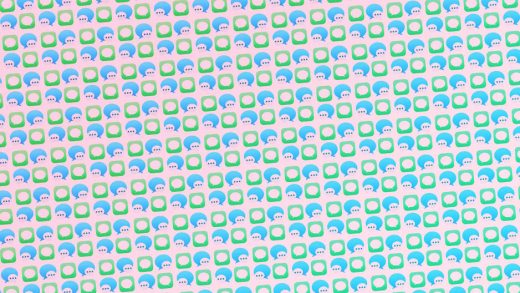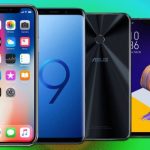Apple’s iMessage Economy Is Already Big Business
The Ultimate Guide to Apple’s New Messages App
This holiday season, Apple is expecting record sales for new iPhones. In order to encourage developers to create messaging products for iOS rather than Android, the company unveiled a radically overhauled version of its iMessage platform this autumn. And for developers, the new iMessage is turning into an easy way to attract customers.
According to mobile research firm SensorTower, JibJab, a 17-year-old sticker and online card company, saw 1,500% download growth in the week after iOS 10, which included the overhauled iMessage platform, came out in September. In the new iteration of iOS, iPhone and iPad users can download stickers, emojis, and other graphics directly from Apple’s App Store. By creating a platform for users to quickly download new graphics for their messages, Apple also created a whole new marketplace for intrepid app makers.
Greg Spiridellis, JibJab’s CEO, has profited from that new marketplace handsomely. As he puts it, “I was waiting for the new iMessage—it was like Christmas in Cupertino.”
JibJab makes money both from its freemium app (which requires a paid membership for features beyond GIFs, stickers, and avatars) and audio-enabled e-cards that let users insert their own face into kooky animations. Although the company declined to discuss its financials in detail, it says it has over 1 million paid subscribers overall.

Building For The New App Store
Apple and app developers have an odd symbiotic relationship. App developers depend on Apple for the platform that allows them to do business. At the same time, Apple depends on app developers to sustain the ecosystem that attracts customers to iOS devices over their Android rivals (and to generate the healthy cut of income that Apple takes from the App Store). But at the end of the day, Apple holds most of the cards, and the new iMessage store is no exception.
Apple encourages developers to create stickers for iMessage, as well as in-iMessage features such as original content, photo editing, games, online payments, and communications tools. JibJab is part of a crowded ecosystem of more than 1,500 apps offered by everyone from Bitmoji to Venmo (which, though a payments app, has a surprisingly robust messaging capability) to Whalerock, the makers of the massively popular Kim Kardashian Kimoji app.
Although iMessage apps typically gross less than conventional games and other sorts of apps, they’re also generally easier to set up. In most cases, they’re either quick conversions of products that already exist in the App Store, or packages of stickers or GIFs that can quickly be created, tested, and shipped to market.
According to Spiridellis, “Apple has a structural advantage by virtue of owning the operating system. It is the only platform on iOS that can offer third-party developers the ability to integrate directly into a messenger.” (Apple’s rules for iOS prevent third parties from putting competitive full-blown app stores onto its devices—something that rival Android offers.)
Silly Stuff, Serious Money
Here’s the kicker: Those funny GIFs and emojis that you send to your friends, family, or (maybe) coworkers generate large amounts of revenue for Android and iOS developers. For one of the larger global players, Japan’s Line, stickers generated approximately $268 million in sales in 2015.

According to Spiridellis, JibJab was able to create and release its iMessage app in approximately 10 weeks in what he called “a race with every other developer in the world” to have a product ready for the rollout of Apple’s new iMessage.
“You can build an iMessage app the same way you can build any other extension,” he adds, “like a keyboard app or by reusing the same code from your main app. However, when it’s integrated directly into iMessage, it’s a much better user experience.”
Companies like JibJab get limited analytics information from purchasers, similar to what’s offered to developers of conventional iOS applications. This includes metrics on installs and data related to payments.
Meanwhile, JibJab and others look to profit from opportunities inside the iMessage ecosystem. As of December 2016, Apple has rolled out additional iMessage effects in iOS 10.2, and players as varied as The New Yorker and McDonald’s have all expanded into the iMessage app world.
Fast Company , Read Full Story
(46)














